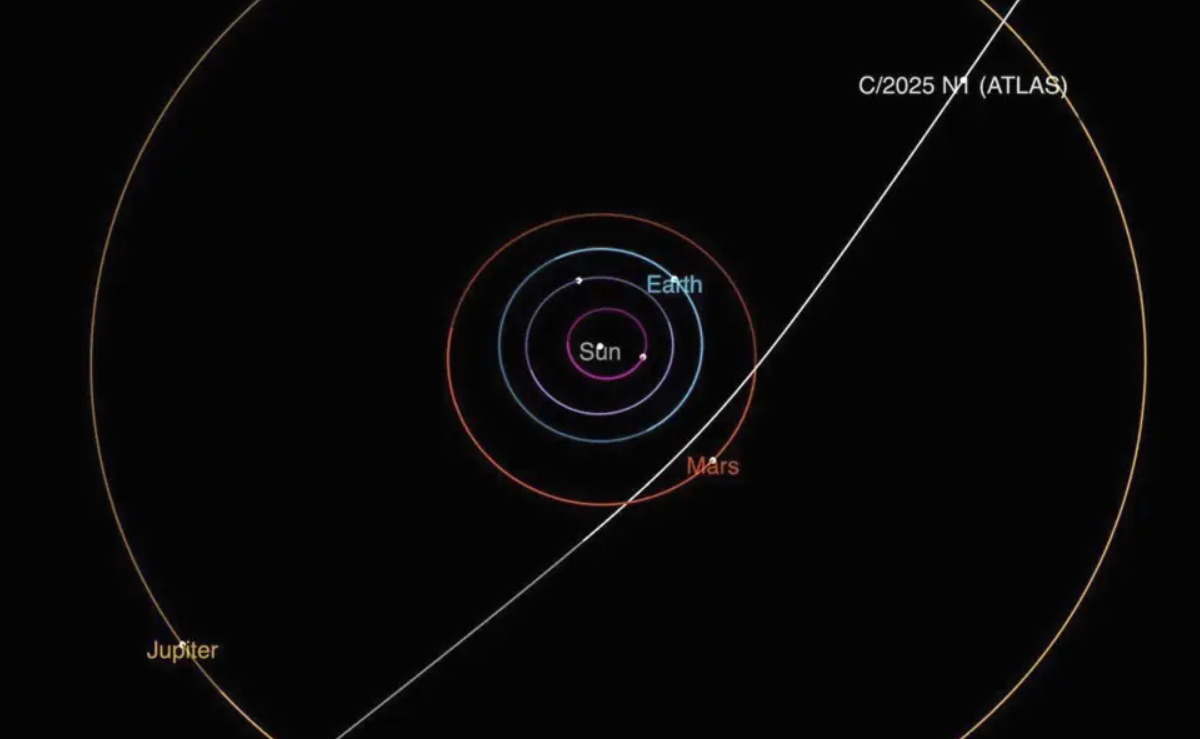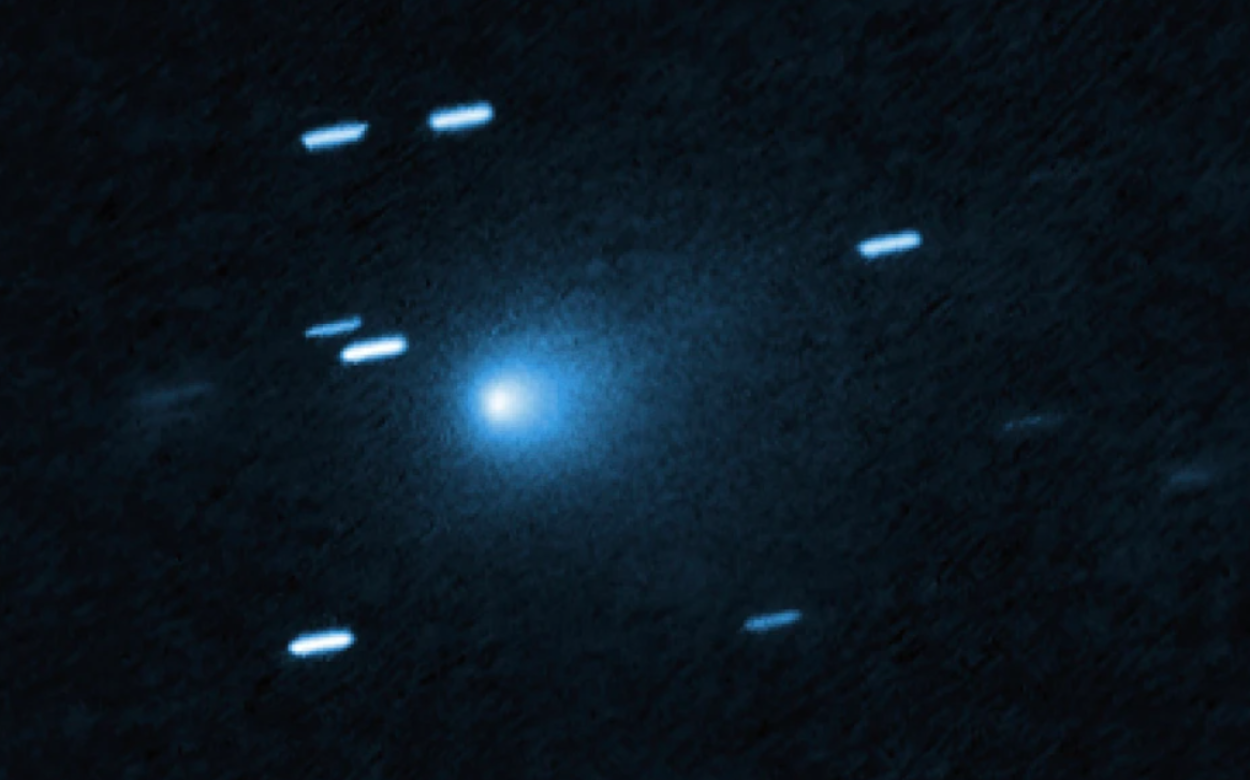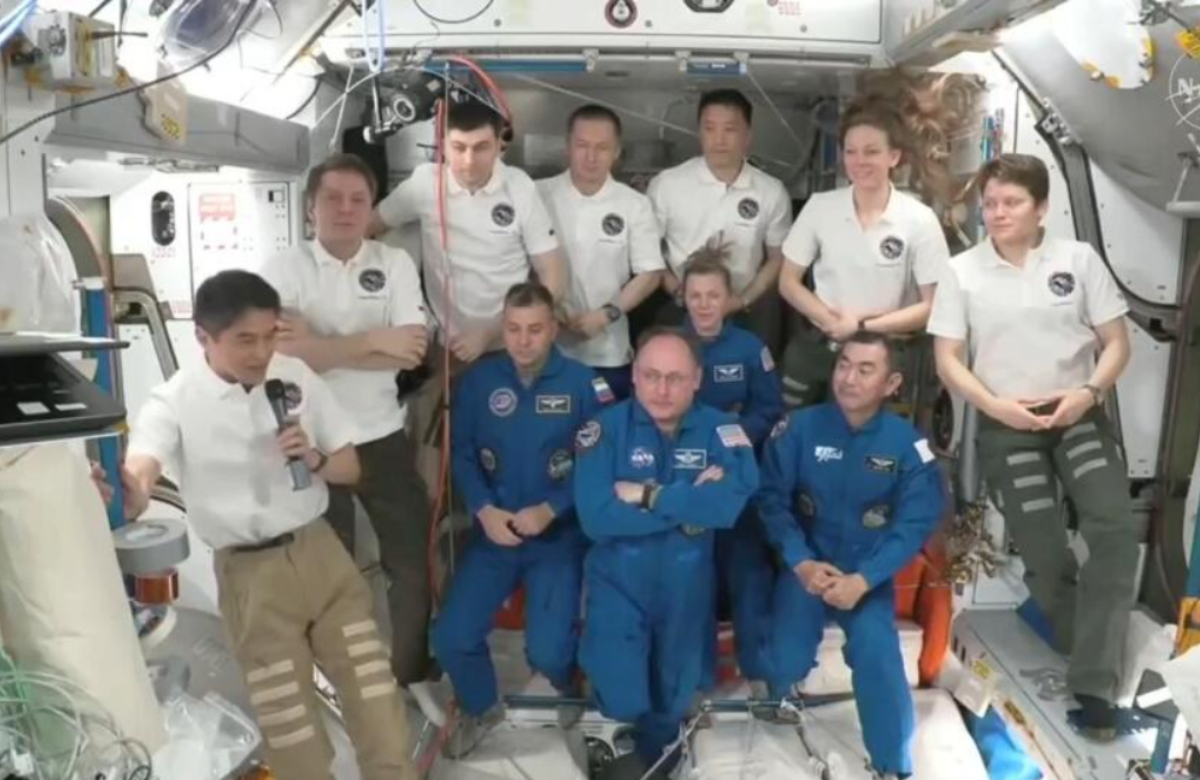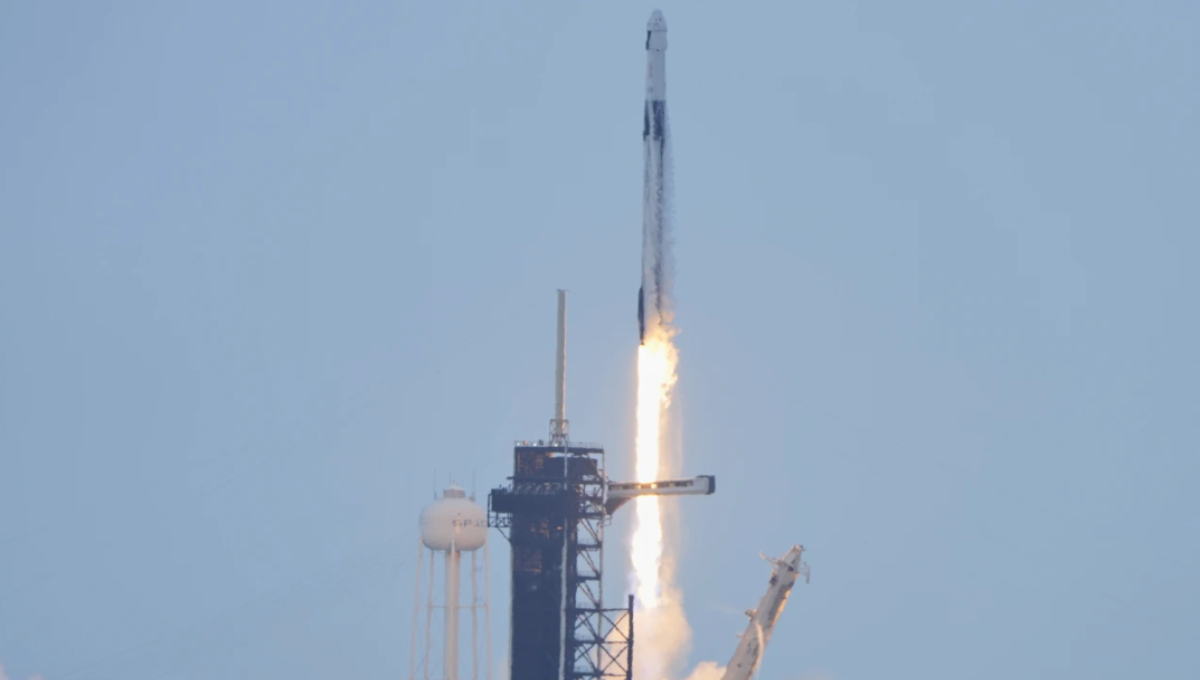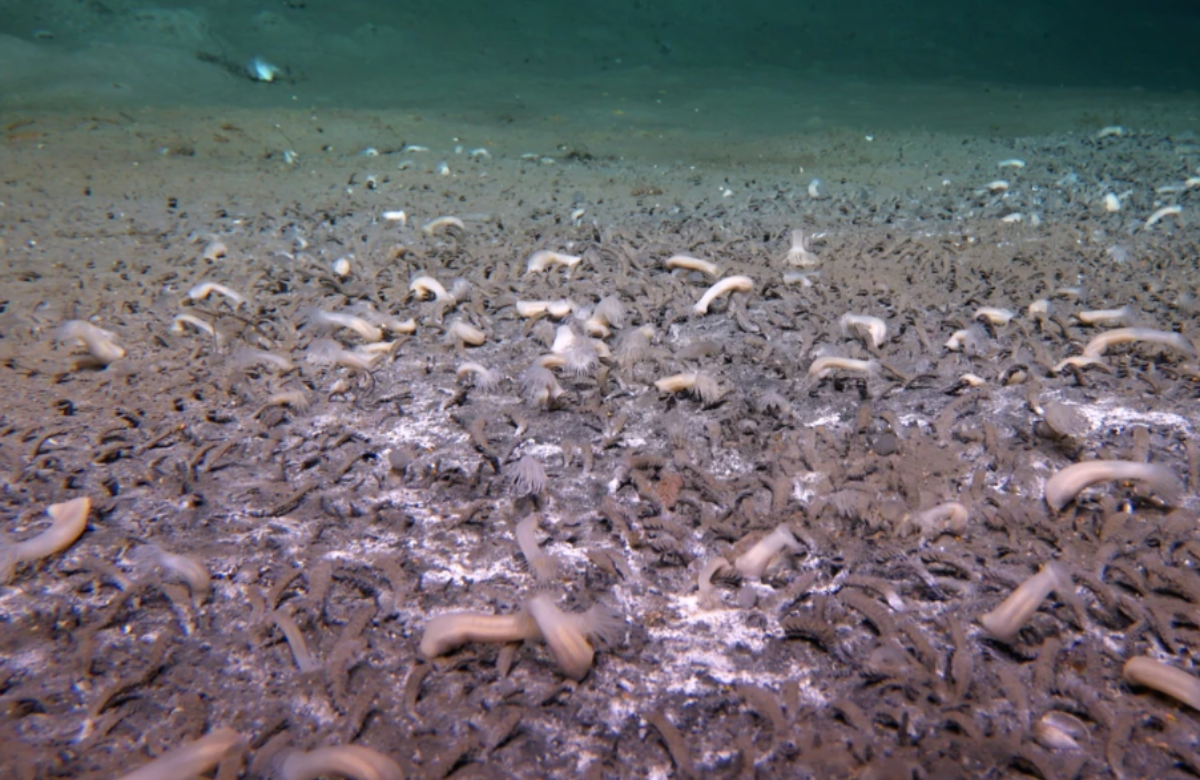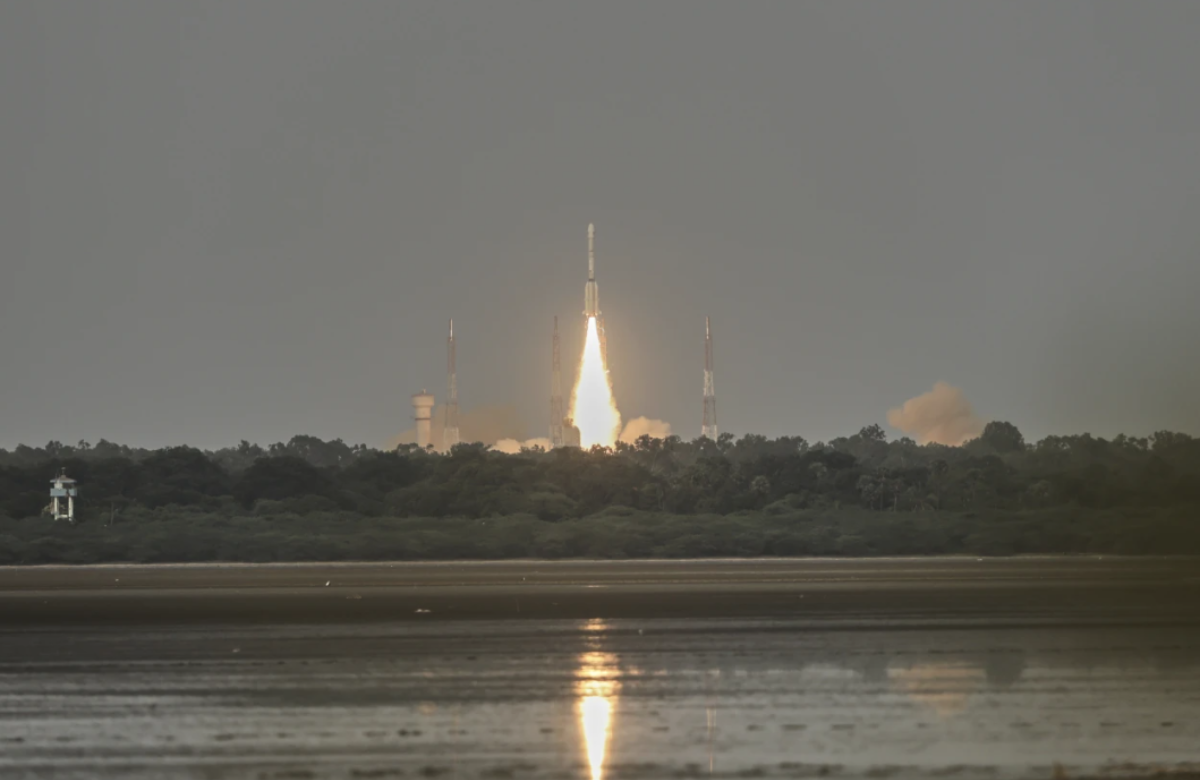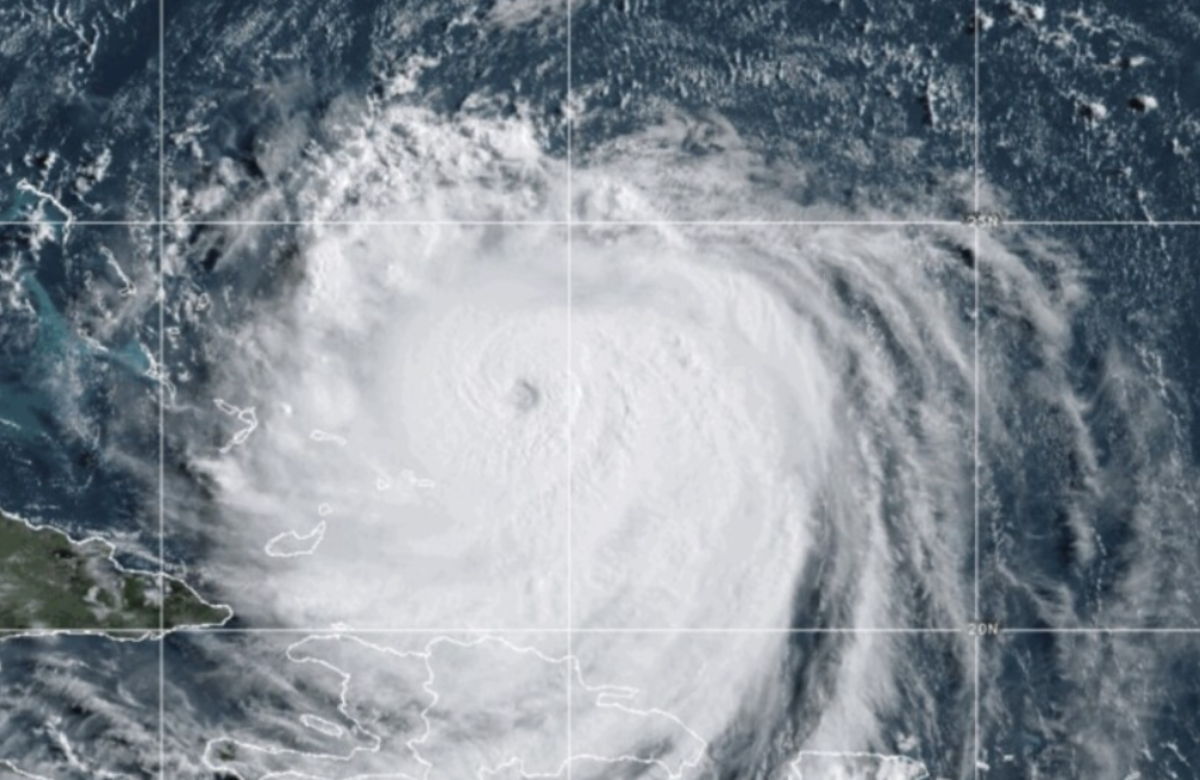NASA has identified a new interstellar comet making its way through our solar system — only the third known object of its kind to do so.
The fast-moving space traveler was detected earlier this week by the ATLAS telescope in Chile. After careful observation, scientists confirmed that the icy body originated outside our solar system.
Currently named 3I/Atlas, the comet poses no danger to Earth. It is located approximately 416 million miles (670 million kilometers) from the sun, near Jupiter, and is traveling at an impressive speed of 37 miles (59 kilometers) per second.
Paul Chodas, director of NASA’s Center for Near Earth Object Studies, noted that the comet likely spent hundreds of millions, or even billions, of years drifting through interstellar space before arriving in our cosmic neighborhood. “These objects take an extremely long time to move from one star system to another,” he explained. “We have no way of knowing exactly which star it came from.”
3I/Atlas is expected to make its closest approach to the sun in late October. It will pass between the orbits of Earth and Mars — closer to Mars — at a safe distance of 150 million miles (240 million kilometers) from Earth.
Since its discovery on July 1, astronomers around the world have conducted over 100 observations of the comet. Initial data shows that it has a visible tail and a surrounding cloud of gas and dust, typical features of comets.
According to Chodas, based on its brightness, this interstellar object may be larger than its two known predecessors and could span several miles across. It also stands out because it’s entering from a different direction and at a higher velocity. Scientists believe it may have originated closer to the core of the Milky Way galaxy.
The comet is expected to remain visible through telescopes until September, at which point it will get too close to the sun to observe. It should reappear in December once it has passed behind the sun.
The first recorded interstellar object was ʻOumuamua, discovered in 2017. Initially classified as an asteroid, it later showed signs of being a comet. The second, 2I/Borisov, was found in 2019 by amateur astronomer Gennadiy Borisov in Crimea and is believed to be a comet as well.
Chodas emphasized how meaningful these discoveries are for astronomers. “We’ve been anticipating interstellar objects for decades,” he said. “They’re entirely natural, not artificial — but still incredibly exciting.”
Also Read:
Trump Withdraws NASA Nomination of Elon Musk Associate Jared Isaacman
French Open Players Find Nasal Strips Helpful Beyond Snoring
